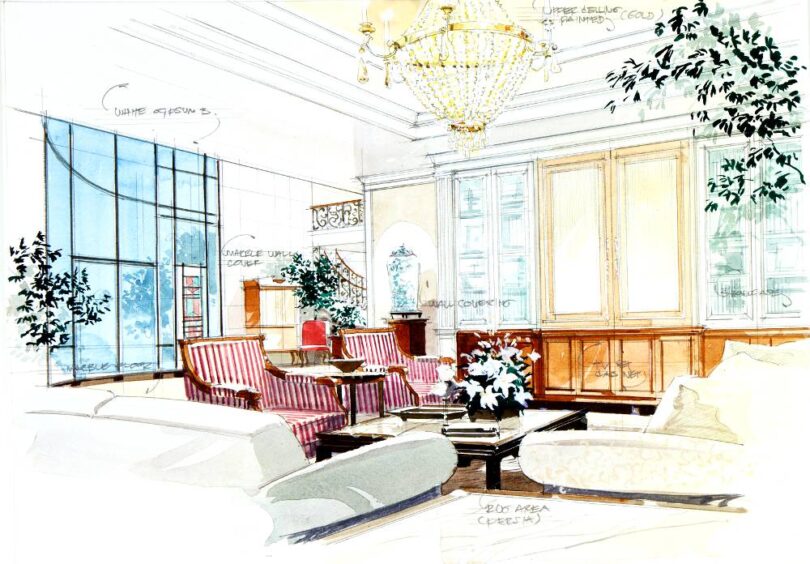Proper lighting design is a fundamental aspect of interior design that can transform a space from ordinary to extraordinary. Lighting not only serves the practical purpose of illuminating a room but also plays a significant role in setting the mood, highlighting architectural features, and enhancing the overall aesthetics of your home.
However, many homeowners make common lighting design mistakes that can compromise the beauty and functionality of their living spaces. Here, we’ll explore these mistakes and provide valuable insights on how to avoid them.
Insufficient Layering
One of the most prevalent lighting design mistakes is relying solely on a single light source for a room. Inadequate layering of lighting can result in spaces that feel stark and uninspiring. To create a well-balanced lighting scheme, incorporate three essential layers:
- Ambient Lighting – This is the foundational layer, providing overall illumination for a room. Common sources include overhead fixtures, ceiling-mounted lights, and natural light from windows. You can also install a chandelier ceiling fan or other fan that contains a light source that provides ambient illumination. Regardless of your choices, ensure the ambient lighting evenly distributes light throughout the space.
- Task Lighting – Task-specific lighting is crucial for activities such as reading, cooking, or working. Install task lights like table lamps, under-cabinet lighting in kitchens, or desk lamps to illuminate specific areas where focused lighting is needed.
- Accent Lighting – Accent lighting adds depth and highlights key design elements, such as artwork, architectural details, or decorative objects. Use wall sconces, spotlights, or adjustable track lighting to draw attention to these features.
Neglecting Dimmer Controls
Another common oversight is failing to incorporate dimmer controls into your lighting design. Fixed, static lighting can limit your ability to adjust the ambiance of a room according to different occasions and times of day. Dimmer switches allow you to tailor the lighting to create various moods, from bright and energetic to soft and intimate. They also offer energy savings by reducing the brightness when full illumination is unnecessary.
Overlooking Color Temperature
Color temperature refers to the warmth or coolness of the light emitted by a source. Many homeowners overlook this crucial aspect of lighting design, leading to spaces with inconsistent or unattractive lighting. Light sources are typically categorized into three color temperature ranges. Warm lights emit a cozy, yellowish light reminiscent of candlelight. These are ideal for creating a warm and inviting atmosphere in living areas and bedrooms.
Neutral lights provide a balanced, white light suitable for task-oriented spaces like kitchens, bathrooms, and work areas. Then there are cool lights. These emit a bluish, cool light that resembles daylight. They’re typically used in areas where visibility and alertness are essential, such as offices and outdoor lighting.
To avoid color temperature inconsistencies, ensure all light sources in a room share a consistent color temperature to create a harmonious and visually appealing environment.
Disregarding Fixture Scale
The size of lighting fixtures can significantly impact a room’s aesthetics. One common mistake is selecting fixtures that are either too small or too large for the space they’re intended to illuminate. To achieve a balanced and proportional look, consider the scale of the room and the fixture when choosing lighting options.
For example, in smaller spaces, large fixtures can overpower the room and make it feel cramped. Opt for appropriately sized fixtures that complement the room’s dimensions without dominating it. Conversely, using small fixtures in a large space can result in inadequate illumination and an unbalanced look. In such cases, consider using multiple fixtures or a larger, more substantial lighting solution.
Failing to Consider Natural Light
Natural light is a valuable asset in any home, but it can also be a source of design challenges if not considered properly. One common mistake is blocking or limiting the entry of natural light with heavy drapes or furniture placement. When designing your space, take full advantage of natural light by using window treatments that allow light to filter through while ensuring privacy when needed. Additionally, arrange furniture to maximize the benefits of natural light and create a more open and inviting atmosphere.
Forgetting Outdoor Lighting
Outdoor lighting plays a crucial role in enhancing both the aesthetics and security of your home’s exterior. Many homeowners overlook this aspect or consider it an afterthought. Incorporate outdoor lighting to highlight architectural features, illuminate pathways, and create an inviting outdoor living space. Use fixtures designed for outdoor use to withstand exposure to the elements.
Inconsistent Lighting Style
Maintaining a consistent lighting style throughout your home is essential for a cohesive and harmonious look. Mixing various styles, such as modern and traditional, can create visual discord and disrupt the flow of your design. When selecting lighting fixtures, choose a style that complements the overall theme of your home’s interior.
Avoiding these common lighting design mistakes is essential for creating a visually appealing, functional, and comfortable living space. Pay attention to the details, and your lighting design will enhance your interior while setting the right mood for every occasion.








